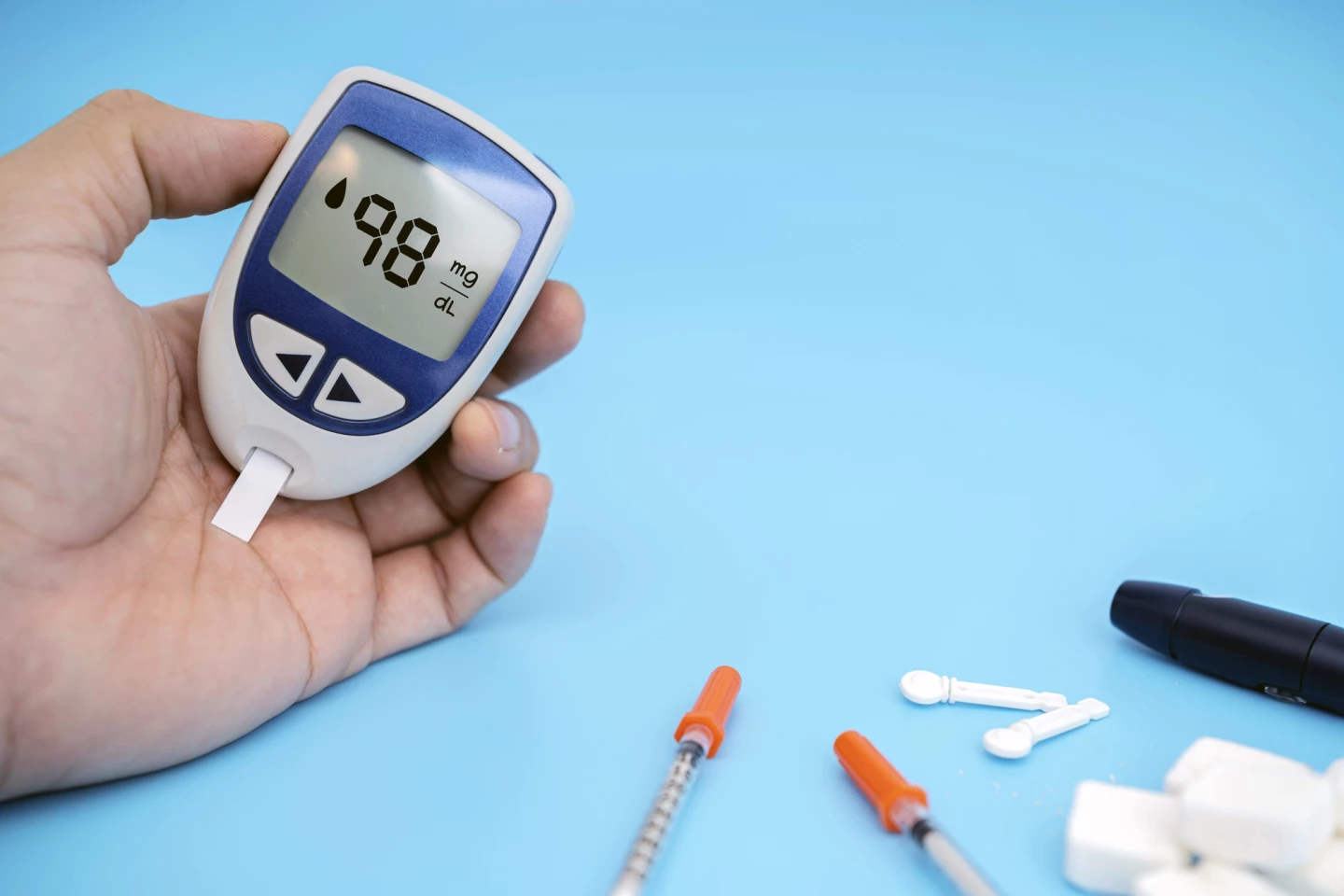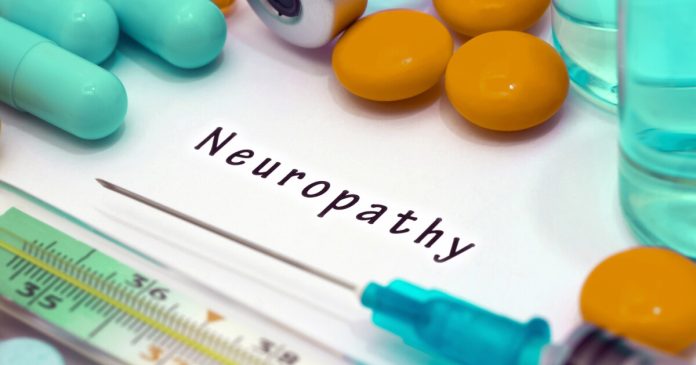Nerve or neuropathic pain has been a challenging condition to treat effectively. A recent study has evaluated current drug and non-drug therapies comprehensively to provide updated guidelines for treatment options for individuals with the condition.
It’s estimated that nerve, or neuropathic, pain affects between 6.9% and 10% of the global population. This type of pain is often described as burning, electrical, or shooting and is usually accompanied by abnormal sensations like tingling, numbness, or “pins and needles,” significantly impacting quality of life.
A recent study by the International Association for the Study of Pain’s (IASP) Neuropathic Pain Special Interest Group (NeuPSIG) has thoroughly examined the effectiveness of current drug and non-drug therapies for neuropathic pain to compile up-to-date treatment guidelines.
“There is an unmet need for effective and safe treatments for neuropathic pain,” said study co-author Michael Ferraro, a doctoral researcher at the Center for Pain IMPACT, Neuroscience Research Australia (NeuRA), and the School of Health Sciences at the University of New South Wales (UNSW). “Our research looked at the evidence for all drugs and nerve stimulation treatments, considering effectiveness, safety, cost, accessibility, and patient perspectives.”
While there are various causes of neuropathic pain, it is commonly associated with specific conditions such as diabetes (peripheral neuropathy), chemotherapy, and shingles (postherpetic neuralgia). Many individuals with neuropathic pain experience symptoms like depression, anxiety, sleep problems, and memory issues, in addition to pain.
For the current study, the researchers reviewed previously published randomized controlled trials assessing medications and nerve stimulation or neuromodulation treatments administered for at least three weeks, or with at least three weeks of follow-up, and including at least 10 participants per group. They identified 313 trials – 284 pharmacological and 29 neuromodulation studies – involving 48,789 adult participants. The drug classes evaluated were alpha-2 delta ligands (⍺2δ-ligands), tricyclic antidepressants (TCAs), serotonin-norepinephrine reuptake inhibitors (SNRIs), and opioids. The most studied neuromodulation treatment was repetitive transcranial magnetic stimulation (rTMS).
Drugs such as gabapentin (Neurontin) and pregabalin (Lyrica), which are ⍺2δ-ligands, target specific nerve channels that help transmit pain signals. TCAs like amitriptyline (Elavil) work by increasing the levels of certain neurotransmitters like serotonin and norepinephrine in the brain and spinal cord. Similarly, SNRIs such as duloxetine (Cymbalta) reduce pain by increasing serotonin and norepinephrine levels. Opioids like tramadol, oxycodone, morphine, and buprenorphine block pain receptors in the brain and spinal cord to provide pain relief.
The researchers utilized the GRADE guidelines to categorize the entire body of evidence as either high, moderate, low, or very low, enabling them to determine first-, second-, and third-line treatments.
“Three medication classes were recommended for first-line use,” Ferraro stated. “These included alpha-2 delta ligands, serotonin and norepinephrine reuptake inhibitors, and tricyclic antidepressants. These medicines have modest benefits and necessitate patient screening and close monitoring.
“We also identified capsaicin and lidocaine patches and capsaicin cream as second-line therapies, despite their small effects on pain – they are safe, tolerable, and suitable for older adults or patients taking multiple medications.”
Capsaicin, a compound found in chili peppers, works by stimulating heat receptors in the skin, tricking the body into activating its cooling mechanisms, thereby reducing pain perception. Lidocaine, also known as lignocaine, is a local anesthetic that inhibits pain transmission by blocking nerve signals.
NeuPSIG’s previous guidelines were published in 2015. For the first time, the researchers evaluated the effectiveness of rTMS and recommended it as a suitable treatment for specific patients. They also found inconclusive evidence for some medications and non-pharmaceutical treatments, meaning they could neither recommend for nor against these treatments, including ketamine, lacosamide, topiramate, selective serotonin reuptake inhibitors, transcranial direct current stimulation, and spinal cord stimulation.

There was a list of medications not recommended for use: cannabinoids, valproate, levetiracetam, and mexiletine. The guidelines are intended to guide treatment for individuals with neuropathic pain.
“Neuropathic pain affects individuals differently, so the guideline supports the provision of high-quality patient-centered care that considers needs, values, and preferences,” said Ferraro. “Treatment choices depend on potential effectiveness, safety, accessibility, comorbidities, and use of other medicines.”
Ferraro hopes that future reviews will assess the effectiveness of other non-drug treatments.
“High-quality evidence on treatment of neuropathic pain with non-drug treatments, such as exercise, is lacking, and should be prioritized for future research,” he said.
The study was published in the journal The Lancet Neurology.




